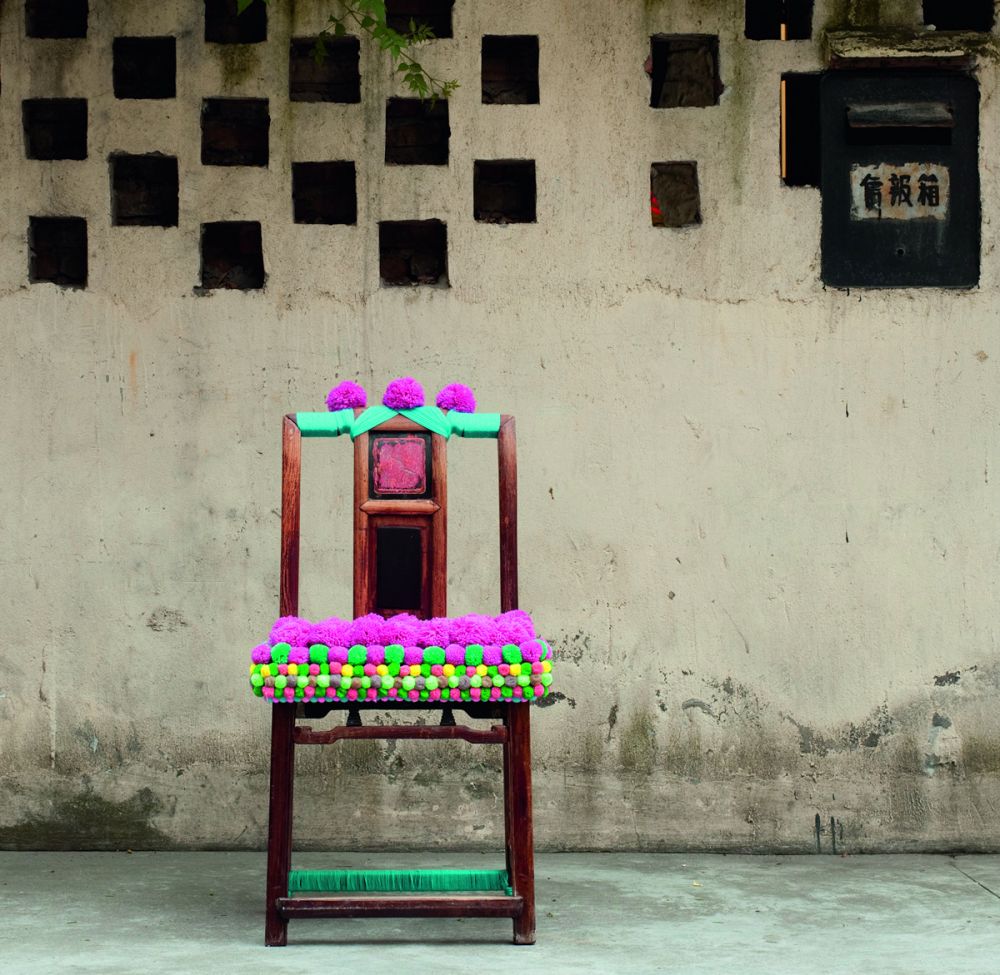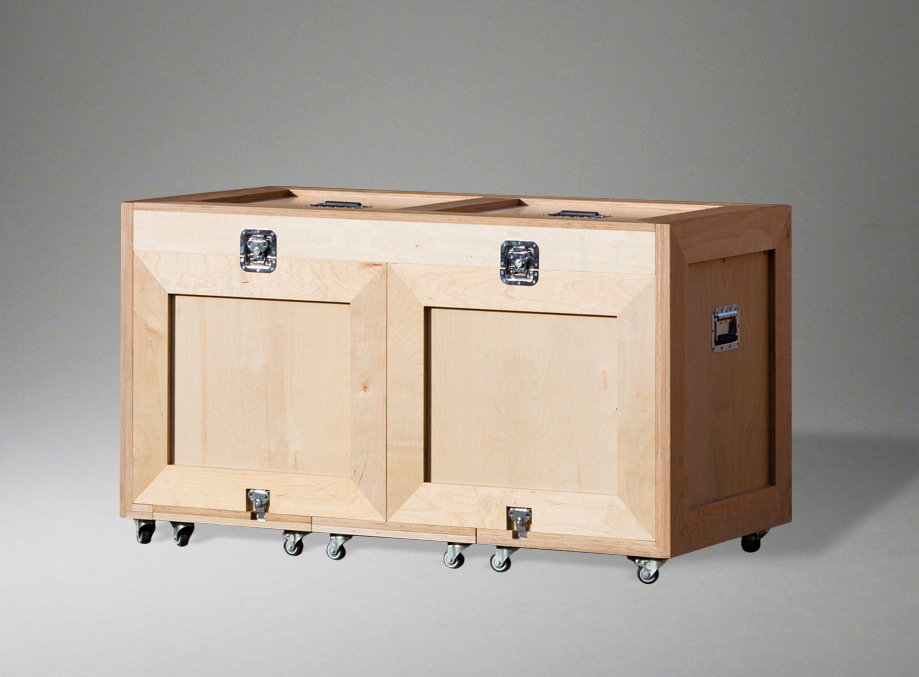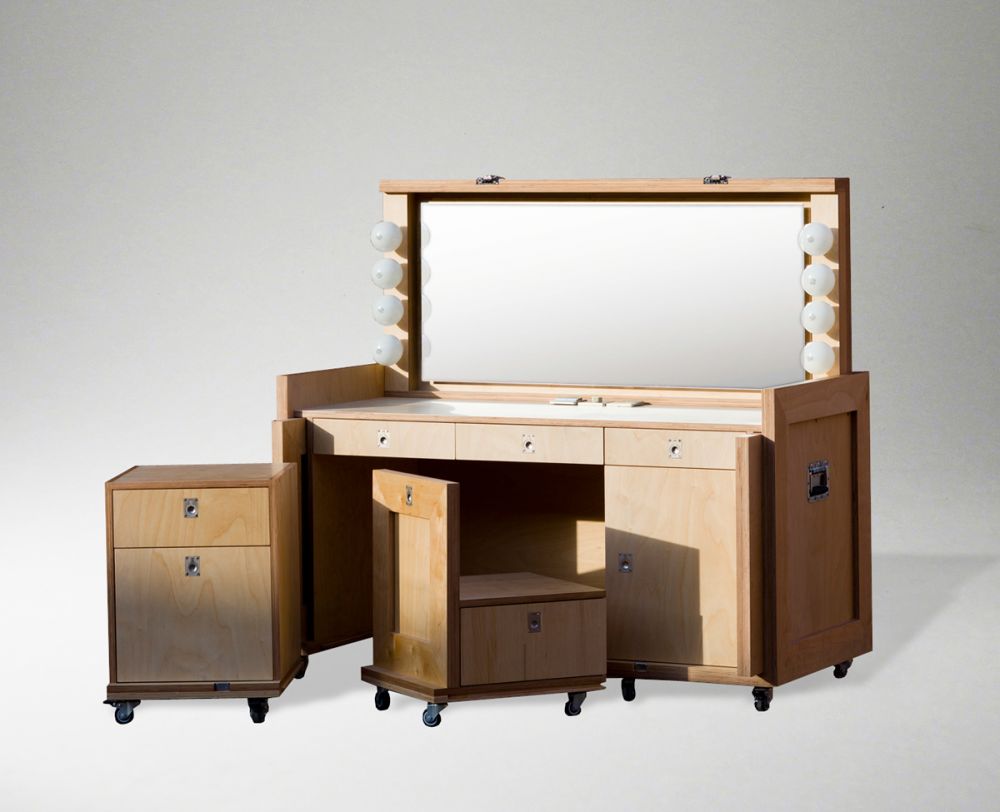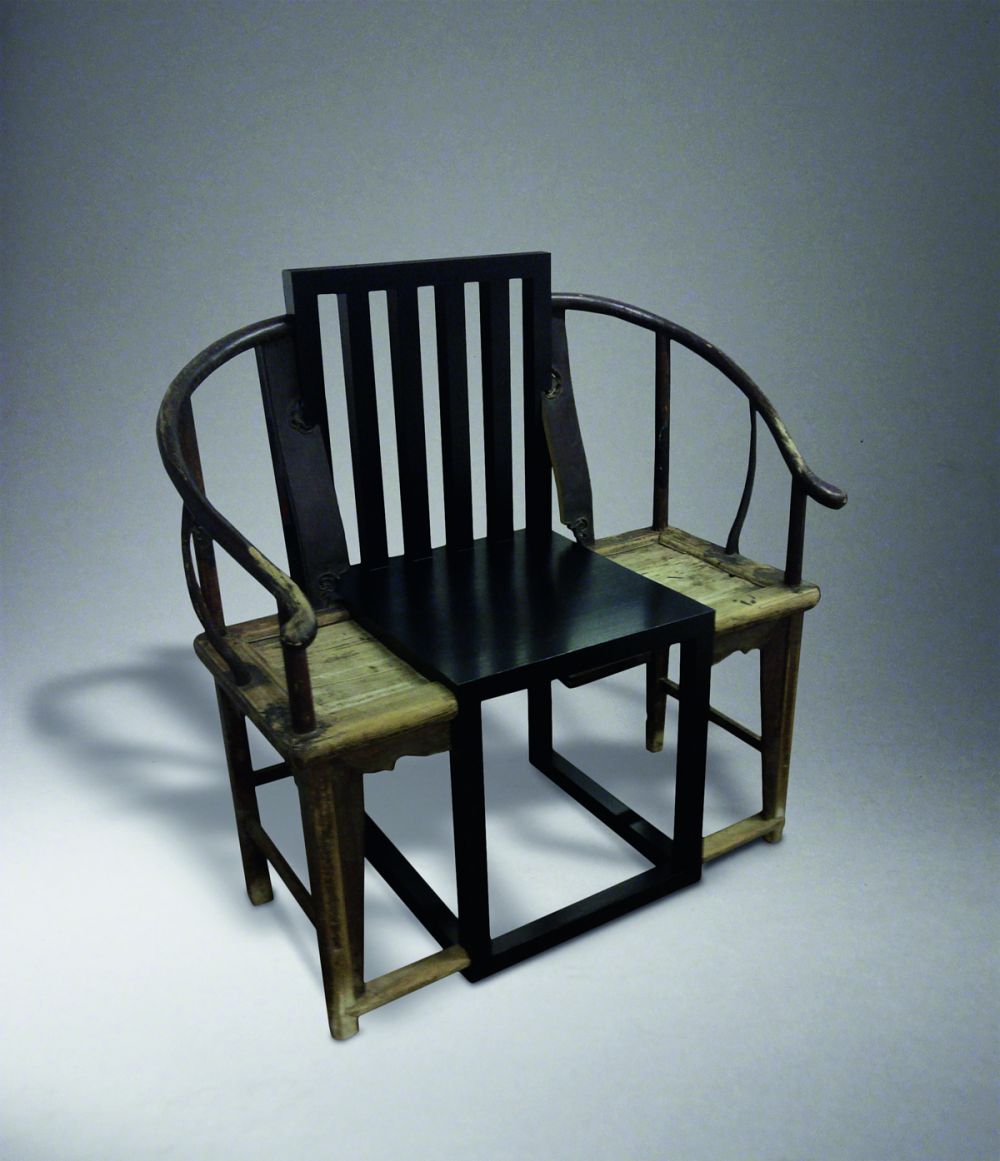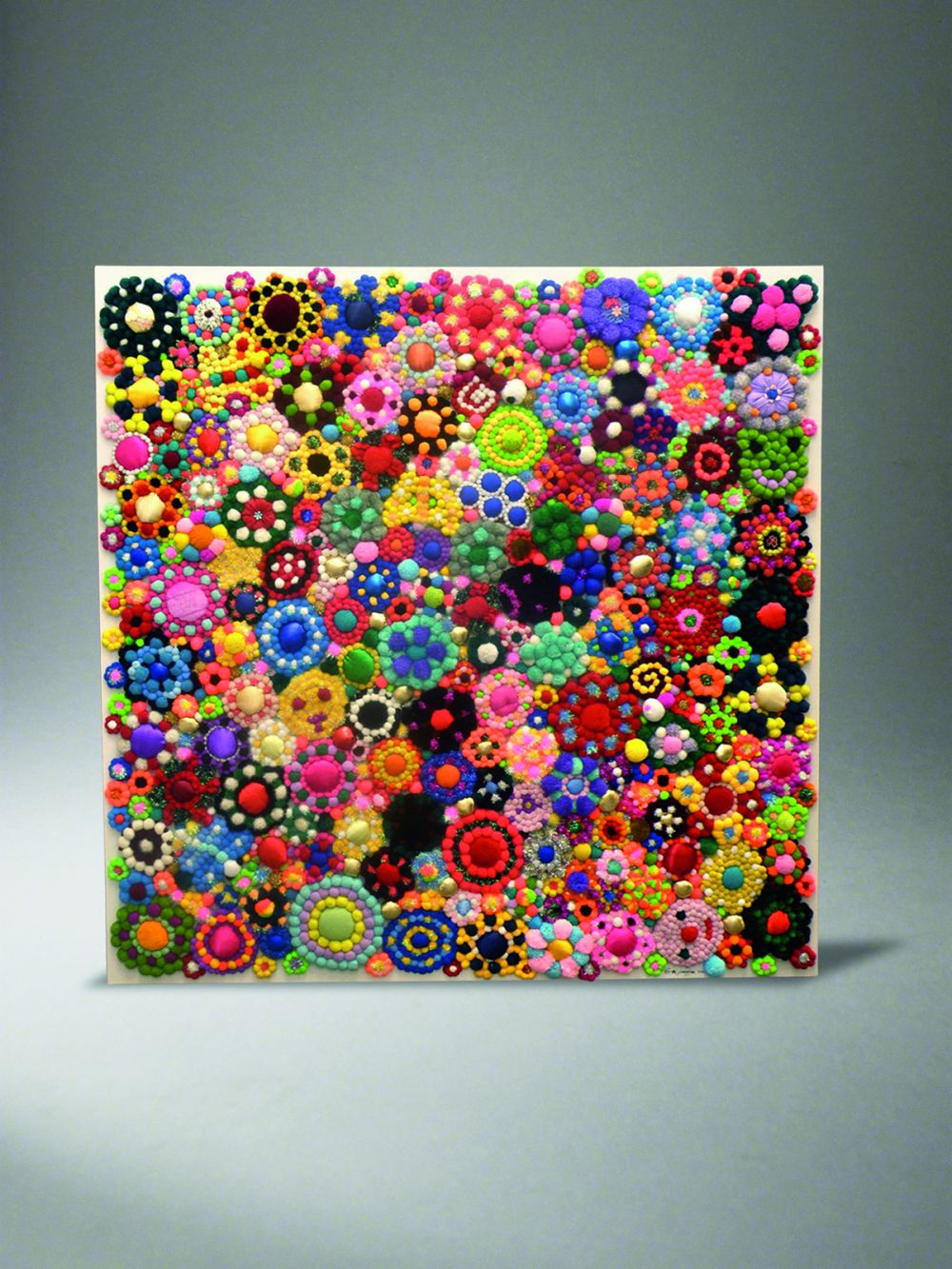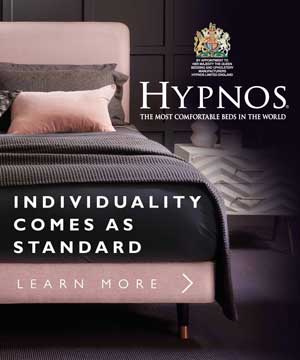Cultural activities and flourishing arts scenes are often cited as one of the indications of where a country sits on the international stage. By any measure, China has arrived. However, amidst all the talk of the immense business opportunities and far-reaching global influence, contemporary design in and from China is often overlooked by outsiders - and the Chinese themselves.
A new generation of spirited designers is beginning to gather up millenia-long strands of artistic creativity, which had been severed by the Cultural Revolution. These are being weaved into the body of their work, which speak to the energy of modern China. They express the re-interpretations and narratives that have emerged in fields as diverse as ceramics, textiles, furniture and photography.
Many there question whether China should - and will want to - remain the international hub for mass-production with its inevitable accompanying compromises in quality and finish. Or whether a more confident and wealthy country will signal a transition away from its current preoccupation with global trends and Western influence, to a re-evaluation of homegrown alternatives.
Some designers, with little or no access to material, salvage and re-invent found pieces. One such artist, Gu Yeli, who is now one of Chinaʼs most innovative voices, has a distinctive visual wit and originality.
Her designs acknowledge her ongoing love affair with the Shanghai nontang (a traditional alleyway) in which she lives in her native city. She embraces upcycling with colour and humour.
This re-awakening of traditional skills, values and craftsmanship is giving rise to a more expressive and thoughtful cultural movement. Artist Yang Fan makes vibrant, colourful and sometimes immense installations using textiles, much of them excess, discarded surplus found in vast quantities every Spring in southern Chinaʼs clothes manufacturing heartland. The panels are themselves the stories of the lives of their makers.
The internationally recognised Shao Fan, a friend Ai Weiwei, says that only in adulthood did he mature into a fully-fledged Chinese artist having being overly influenced in his youth by foreign cultures. His beautifully crafted furniture, held in collections such as the Victoria and Albert Museum in London, is a meeting of eras and their styles, which acknowledges the ancient ties between continents and cultures but is also steeped in its creatorʼs environment.
Another of Ai Weiweiʼs artistic collaborators, Li Naihan found a rich source of inspiration in the constant upheaval of Beijingʼs redevelopment. For many people an ever-shifting and ever-changing city engulfed by mass immigration may prove too much to bear. Not for Li. She has highlighted this phenomenon with sensitivity by designing beds, dressing tables, wardrobes and desks which look like crates but once opened, morph into carapaces to contain the furniture, objects and most poignantly, allude to the memories which we all carry with us.
The huge influence of European art and design had and still has on the world will no doubt continue but China is beginning to appreciate the value of traditional skills and its own aesthetics in a modern context. Artists and designers are looking beyond being imitators and embracing what it means to be a Chinese designer in this established market. The journey will no doubt be anything but boring!


.jpg)
